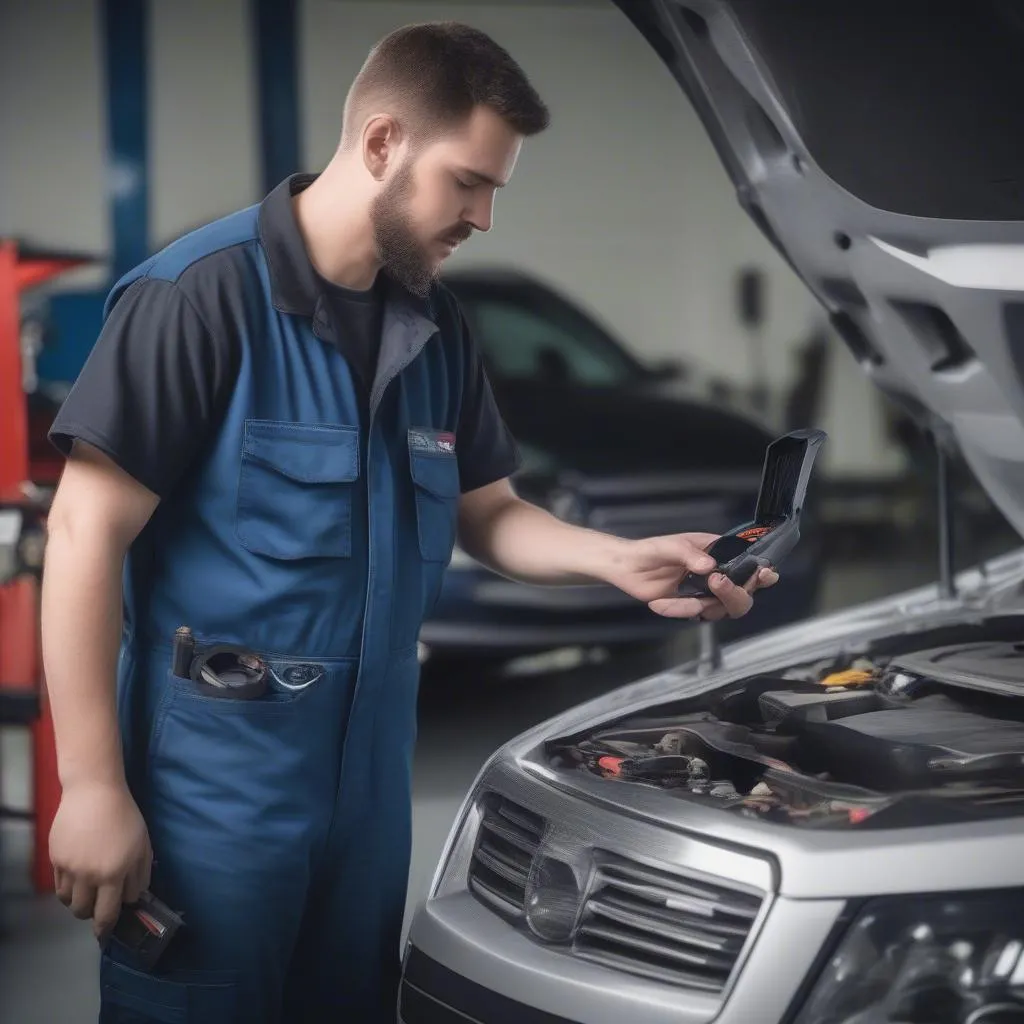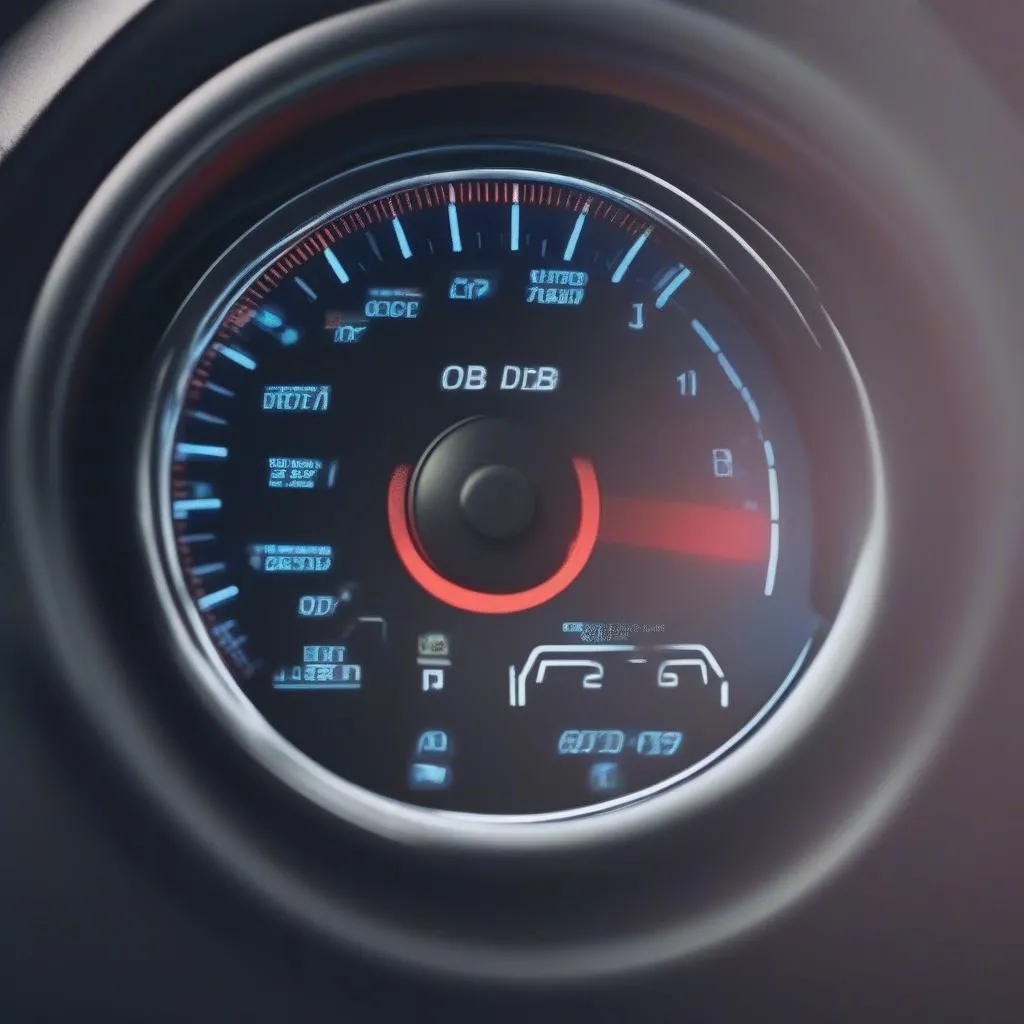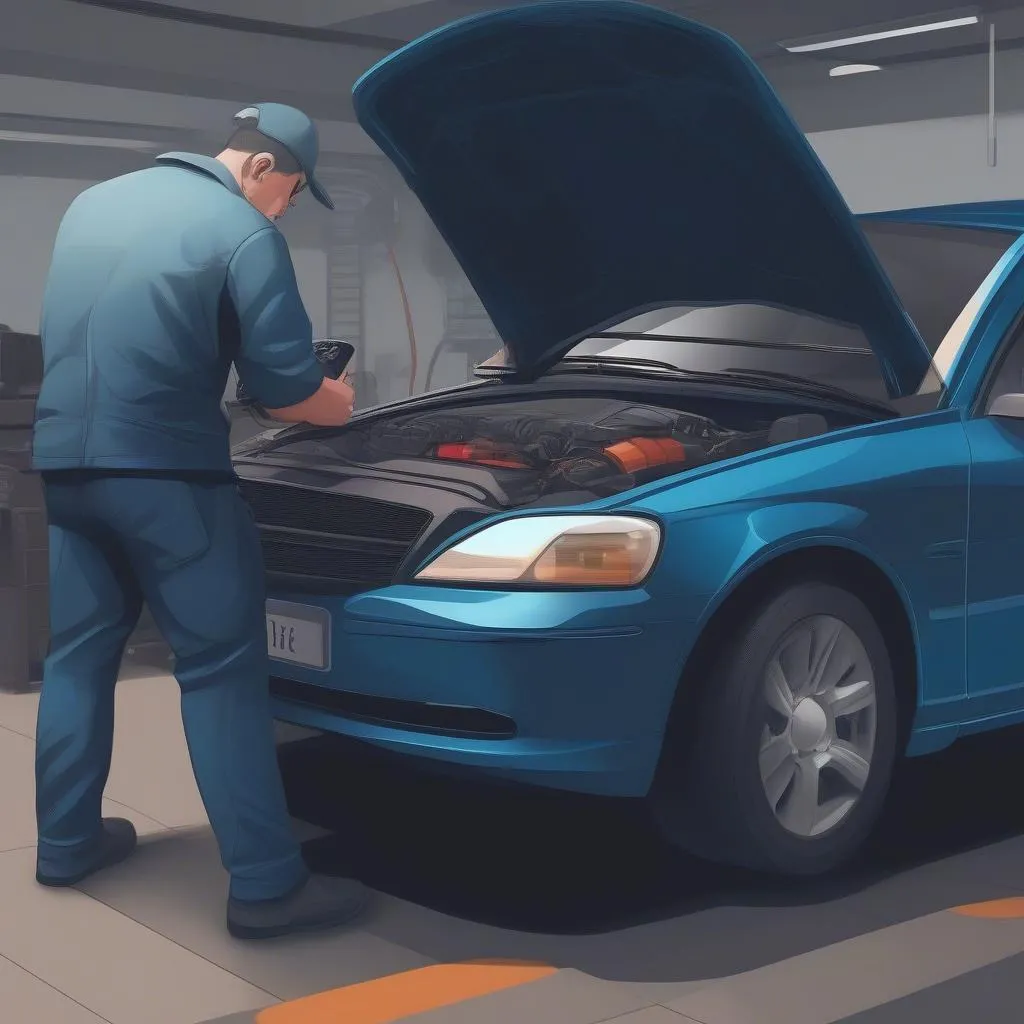Let’s face it, nobody wants their car to have problems. That’s why, as car owners, we’re all always looking for ways to keep our vehicles running smoothly. One way to do that is to make sure that the onboard diagnostics (OBD) system is working properly. But how often do you need to run your car to test the OBD system?
Why is it Important to Test Your OBD System?
The OBD system is your car’s built-in diagnostic tool. Think of it like a little doctor for your vehicle. It monitors all the important systems, including the engine, transmission, and emissions. If any of these systems are malfunctioning, the OBD system will flag it and display a “check engine” light on your dashboard. This allows you to catch issues early on before they become serious problems.
How Many Times Must Your Car Run To Test Obd?
Now, here’s the thing – there isn’t a magic number of times you need to run your car to test the OBD system. It’s more about how the system works. For example, if you just replaced a part or cleared a code, it’s usually recommended to drive your car for a certain distance or number of “drive cycles” (start, warm-up, and cool-down) to allow the OBD system to relearn and determine if the issue is resolved.
So, instead of focusing on the number of times you run your car, let’s focus on what the OBD system actually checks.
What Does the OBD System Check?
The OBD system checks for several different things, including:
- Emissions: The OBD system monitors the emissions from your engine. This includes things like the oxygen sensor, catalytic converter, and exhaust gas recirculation (EGR) system.
- Engine performance: The OBD system also monitors the performance of your engine. This includes things like the spark plugs, ignition coils, fuel injectors, and air intake system.
- Transmission: The OBD system monitors the transmission system for issues.
- Other systems: The OBD system also monitors a lot of other systems, including the anti-lock brakes, traction control, and air bag system.
Understanding Drive Cycles
Drive cycles are important for the OBD system to function correctly. A typical drive cycle consists of these three phases:
- Start: The engine is started and allowed to warm up.
- Drive: The car is driven for a certain distance, including time at different speeds and acceleration.
- Cool-down: The engine is allowed to cool down after being driven.
Why is this important?
Let’s say you replaced your oxygen sensor. The OBD system needs time to monitor how that new sensor is functioning. The more drive cycles it goes through, the more data it gathers about that new sensor.
How Often Do You Need to Run Your Car?
Now, let’s get back to the original question – how many times must your car run to test the OBD? The answer is, it depends. Some people may need to drive their car for a longer distance, while others may only need a few drive cycles. Ultimately, it all depends on what the OBD system is looking for.
If you are unsure, it is always best to consult with a qualified mechanic. They can use a diagnostic scanner to determine if the OBD system is working properly.
Common Questions
How do I know if my OBD system is working?
The most common sign is the check engine light. If the light is on, then you have a problem. However, there are other ways to check if your OBD system is working properly. You can use an OBD scanner to read the codes that the system has stored.
What should I do if my OBD system is not working?
If your OBD system is not working, you should take your car to a qualified mechanic. They can diagnose the problem and repair it.
How much does it cost to repair an OBD system?
The cost of repairing an OBD system can vary depending on the problem.
Can I reset the OBD system myself?
Yes, you can reset the OBD system yourself. There are a couple of ways to do this. You can either use an OBD scanner or disconnect the car’s battery for a few minutes.
Tips for Keeping Your OBD System Healthy
Here are some tips for keeping your OBD system healthy:
- Use high-quality fuel: Using low-quality fuel can clog up the fuel injectors and other parts of your engine, which can affect the performance of the OBD system.
- Maintain your car: Regularly maintaining your car will help to ensure that all of its systems are running smoothly.
- Keep your air filter clean: A dirty air filter can restrict airflow to the engine, which can affect the performance of the OBD system.
- Use a diagnostic scanner: You can use a diagnostic scanner to read the codes that the OBD system has stored.
Conclusion
The OBD system is an important part of your car. It helps to ensure that your vehicle is running smoothly and efficiently. By understanding how it works and taking a few simple steps to keep it healthy, you can help to extend the life of your car and avoid costly repairs.
For any questions or assistance with your OBD system or diagnostics tools, contact our team at Whatsapp: +84767531508. We have expert auto technicians available 24/7 to assist you!
 OBD Scanner Tool
OBD Scanner Tool
 Car Check Engine Light
Car Check Engine Light
 Mechanic Diagnosing Car
Mechanic Diagnosing Car